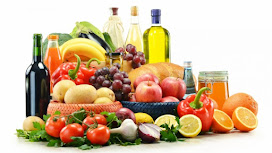Food Additives

Food additives are the material that is added to food to maintain or improve the safety, freshness, taste, texture, or appearances of food are known as food additives. These food additives are also obtain from the plants, animals or minerals and also can be synthetic. Food labelling can provide consumers about the information they need and desire to make food choices. Labelling is mandatory for nutrition information to be declared on pre-packed food material. Food label contains more information; it’s frequently difficult to know what you should look for and what it all means. But if you want to improve your diet and make healthy choices, it's important to get into the habit of checking the label. Anti-caking agents Bleaching, maturing and dough conditioning agents Colouring agents Emulsifying, gelling, stabilizing or thickening agents Food enzymes

